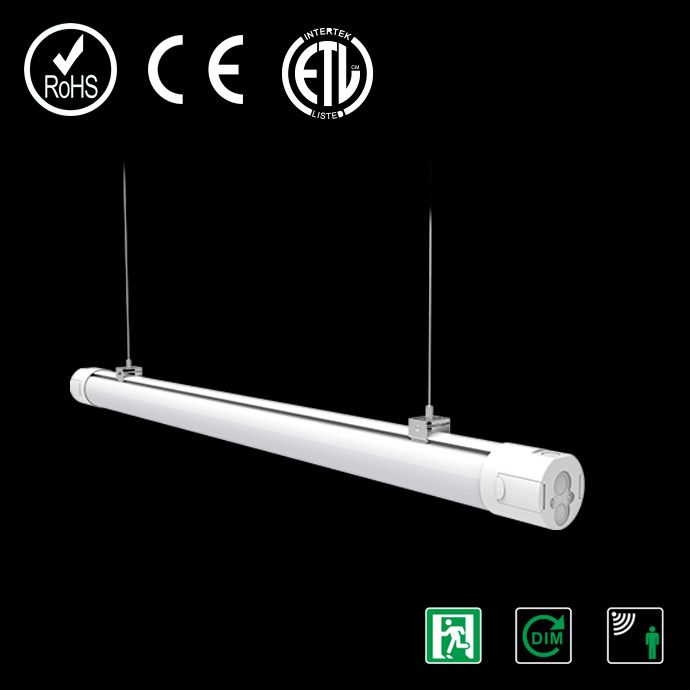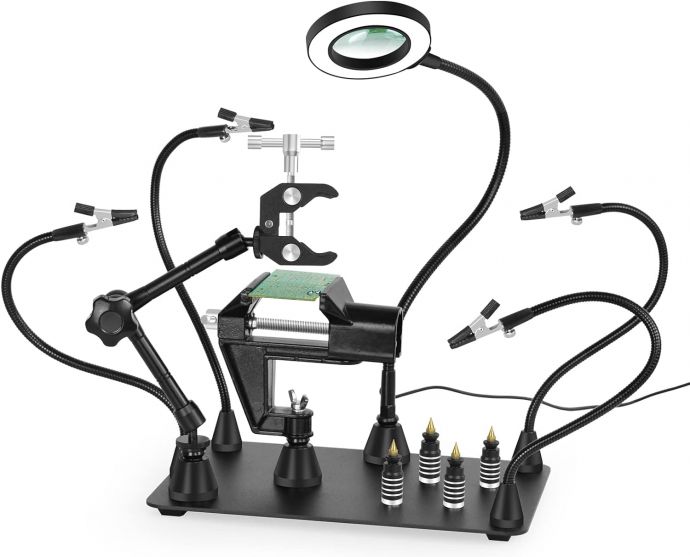In today's fast-paced world, maximizing productivity is more important than ever. Whether you're an entrepreneur, a freelancer, or an employee navigating the corporate ladder, the ability to efficiently manage your time and resources can be the key to success. However, boosting productivity is not solely about working harder; it's fundamentally about working smarter. By understanding and strategically applying certain principles and techniques, you can significantly increase your output without sacrificing your well-being.
The first step in maximizing productivity involves setting clear, achievable goals. Without a clear direction, it's easy to get caught up in the whirlwind of tasks and activities that may seem urgent but are not necessarily important. Start by identifying your long-term objectives and break them down into smaller, manageable tasks. These milestones serve as stepping stones, ensuring steady progress towards the ultimate goal. Using tools like the SMART criteria—Specific, Measurable, Achievable, Relevant, and Time-bound—can assist in formulating goals that are clear and attainable.

Once you have your objectives set, prioritization is crucial. Not all tasks are created equal, and understanding which activities will have the greatest impact on your goals is vital. The Eisenhower Matrix, a time management tool that classifies tasks into four categories based on urgency and importance, can be instrumental in helping you decide what to focus on. This approach prevents you from spending precious time on tasks that offer little return on investment.
Time management techniques also play a pivotal role in maximizing productivity. One popular method is the Pomodoro Technique, which involves working in focused intervals of around 25 minutes, followed by a short break. This technique not only helps maintain high levels of concentration but also prevents burnout by ensuring regular rest periods. Additionally, scheduling specific time slots for email checking, meetings, and other routine tasks can prevent these activities from intruding on more critical work.
Technology also offers myriad tools designed to facilitate better productivity. Applications like Trello or Asana provide platforms for organizing tasks and projects, allowing for both individual and collaborative management. Time tracking apps like Toggl can help you understand where your time goes, offering insights into how you can optimize your daily schedule. Meanwhile, digital calendars such as Google Calendar can serve as the backbone of your time management system, ensuring that you stay on top of deadlines and commitments.

However, maximizing productivity is not merely about efficiency; it's also about maintaining balance. Overworking can lead to diminishing returns, where productivity drops due to exhaustion or lack of motivation. Incorporating regular breaks and ensuring time for physical exercise and leisure activities are essential in maintaining a high level of productivity over the long term. The idea is to sustain an optimal state of mental and physical health, which in turn supports work performance.
Moreover, cultivating a conducive work environment can have a profound impact on productivity. A clutter-free workspace reduces distractions and can create a sense of clarity and focus. Ergonomic furniture and good lighting can prevent physical discomfort and reduce eye strain, which can otherwise detract from concentration and efficiency. Additionally, personalizing your workspace with elements that inspire you or contribute to your mental well-being can also boost productivity.
An often-overlooked aspect of productivity is the importance of effective communication. Clear and concise communication with colleagues, clients, or partners can significantly reduce misunderstandings and streamline processes. Establishing regular check-ins and updates ensures everyone involved in a project is on the same page, minimizing the risk of costly errors or delays. Utilizing communication tools such as Slack or Microsoft Teams can enhance collaboration, especially in remote work settings.

It's also crucial to constantly evaluate and reflect on your productivity strategies. What works for one person might not be effective for another, and your needs may evolve over time. Regular self-assessment allows you to identify what's working and what needs adjustment. Be open to experimenting with different techniques and tools until you find the best fit for your personal and professional demands.
Finally, while skills and strategies are critical, your mindset can ultimately determine your productivity levels. Cultivating a positive attitude and resilience in the face of challenges is crucial. Productivity is not about being perfect or flawless; it's about continually improving and adapting. Embrace failures as learning opportunities rather than setbacks. By maintaining a growth-oriented mindset, you're more likely to thrive and reach your productivity goals.
In conclusion, maximizing productivity requires a comprehensive approach that balances goal-setting, prioritization, time management, technology, well-being, environment, communication, evaluation, and mindset. By integrating these elements, you can transform your productivity levels, achieving more in less time without compromising your mental and physical health. Remember, productivity is a journey, not a destination, and continuous improvement is the key to sustained success.





